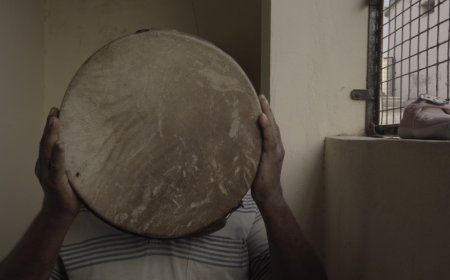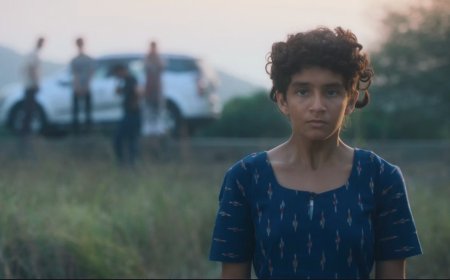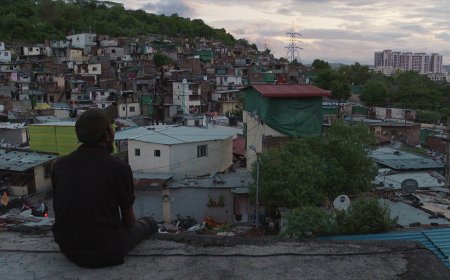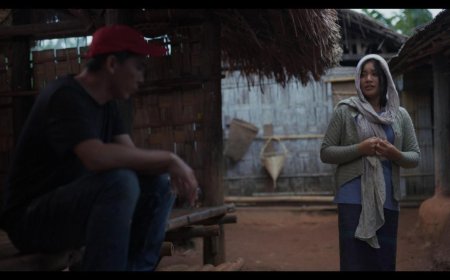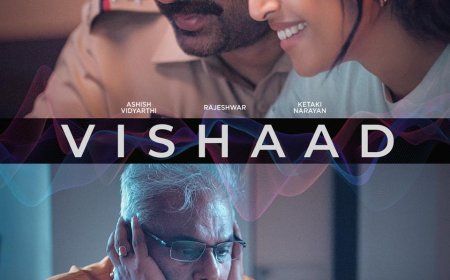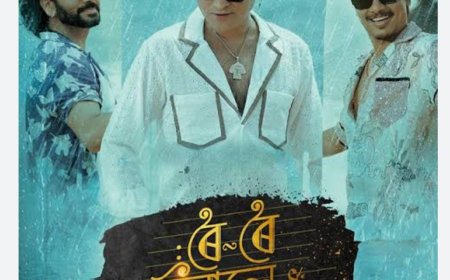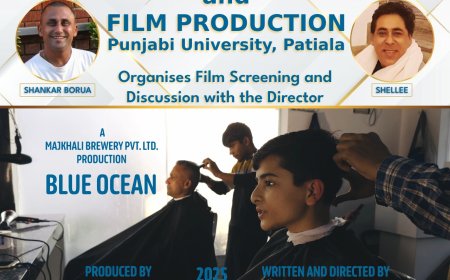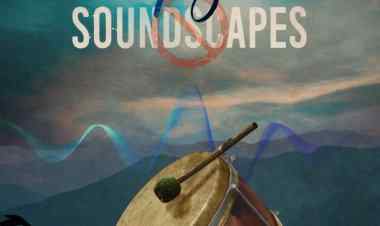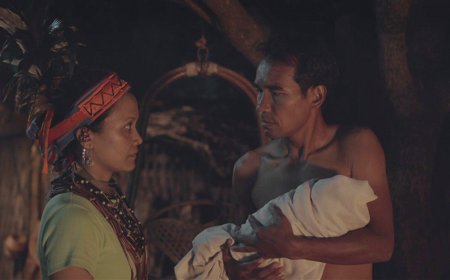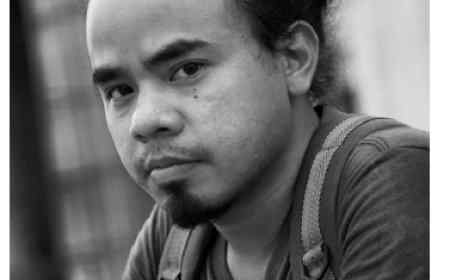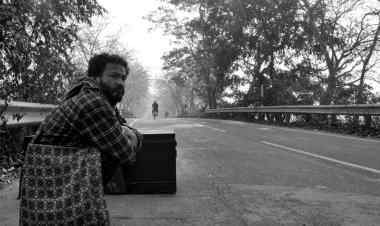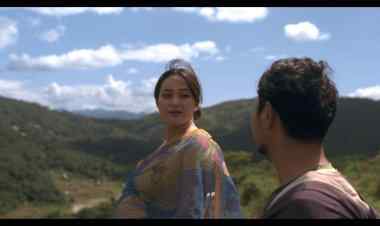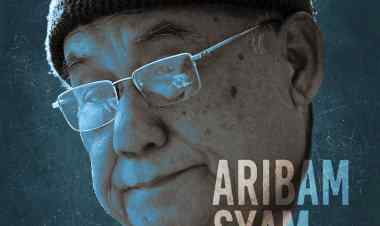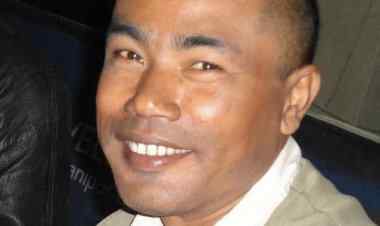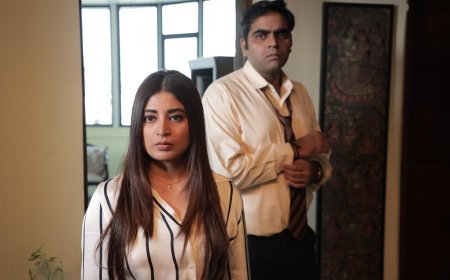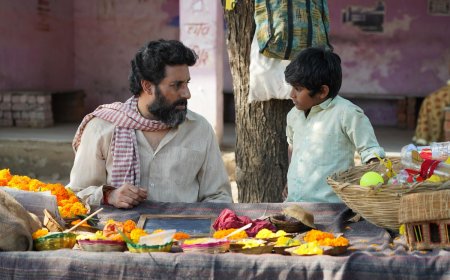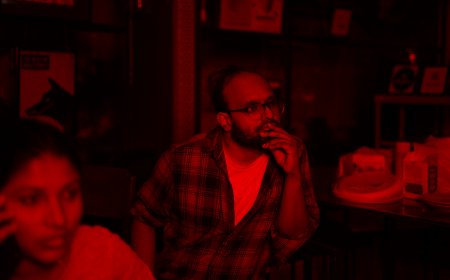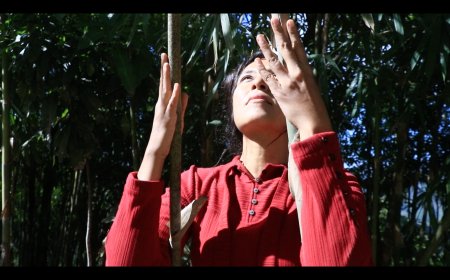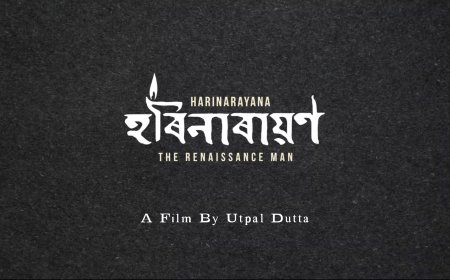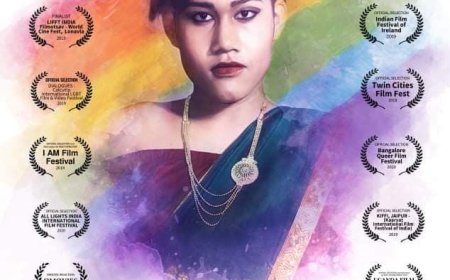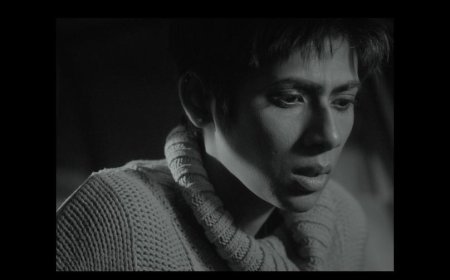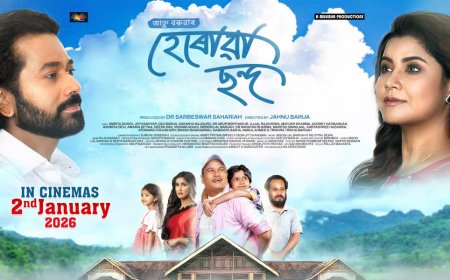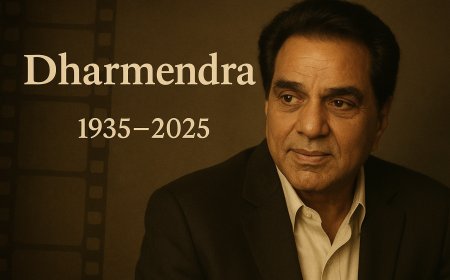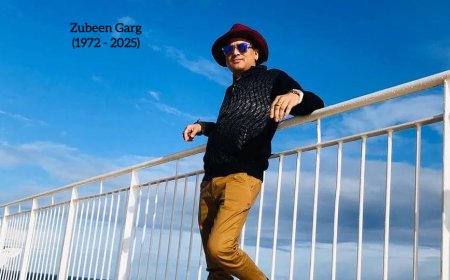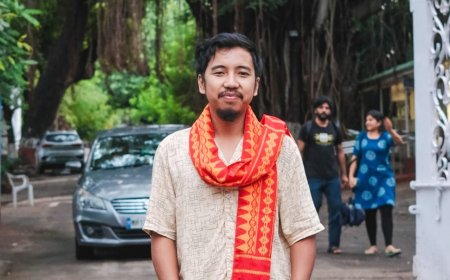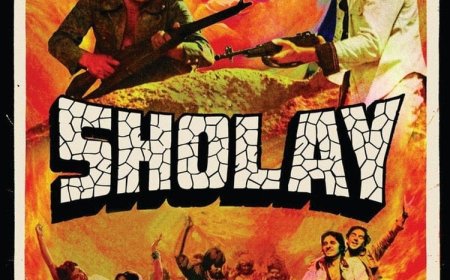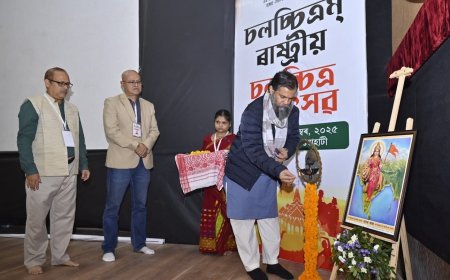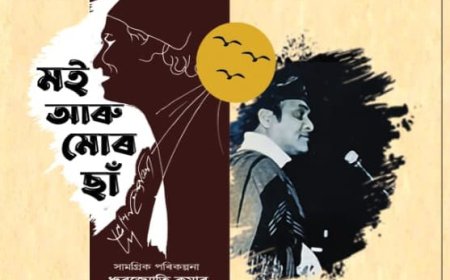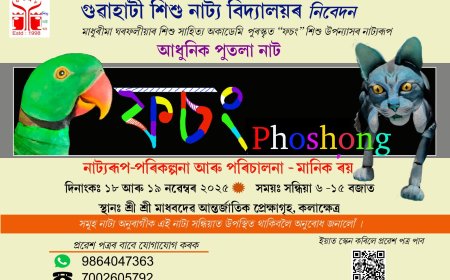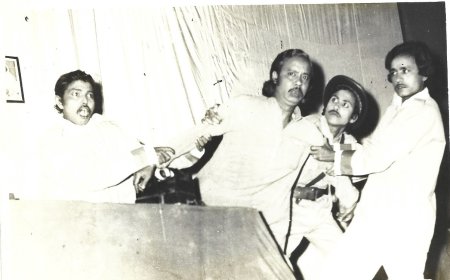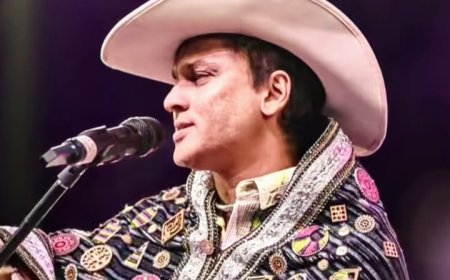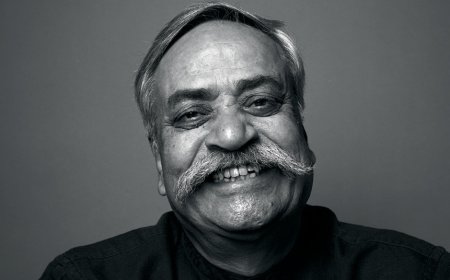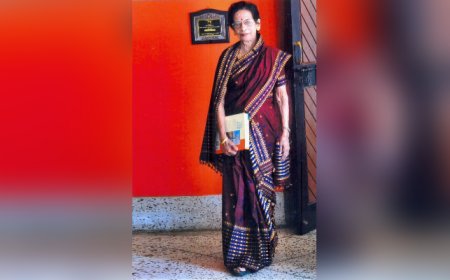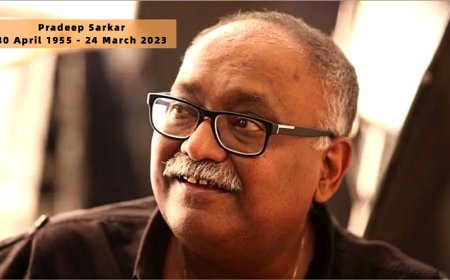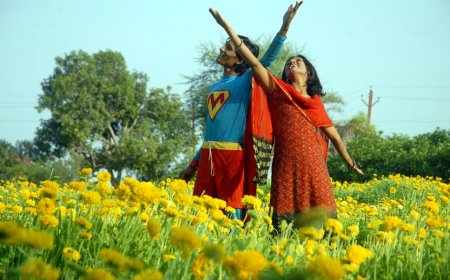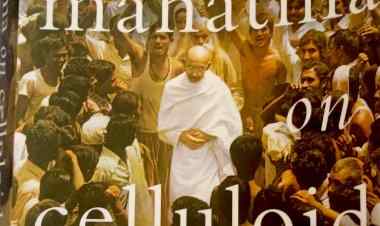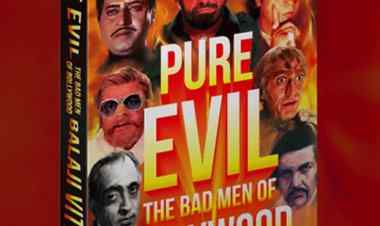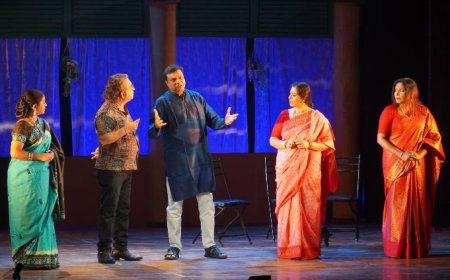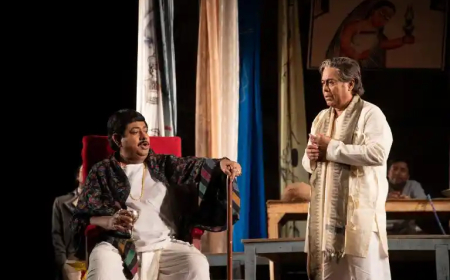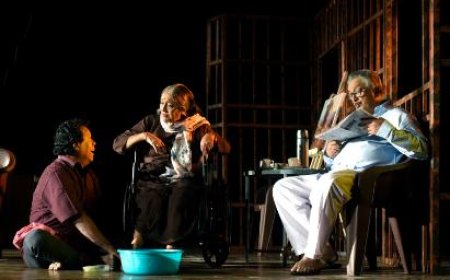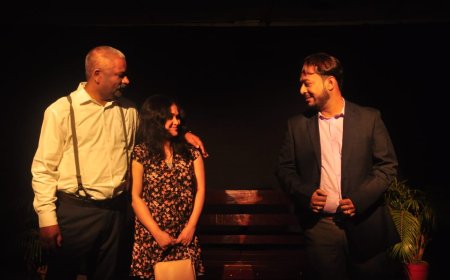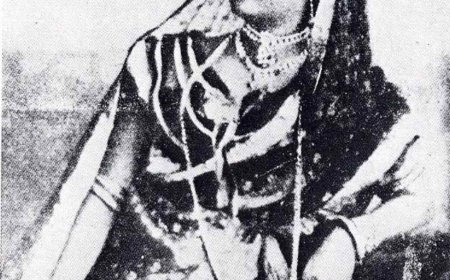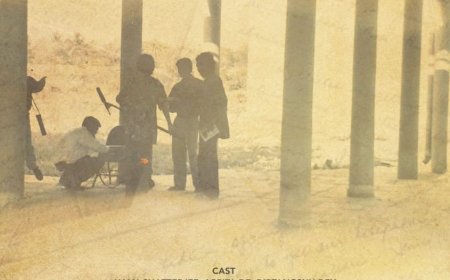Interview: Divya Kharnare
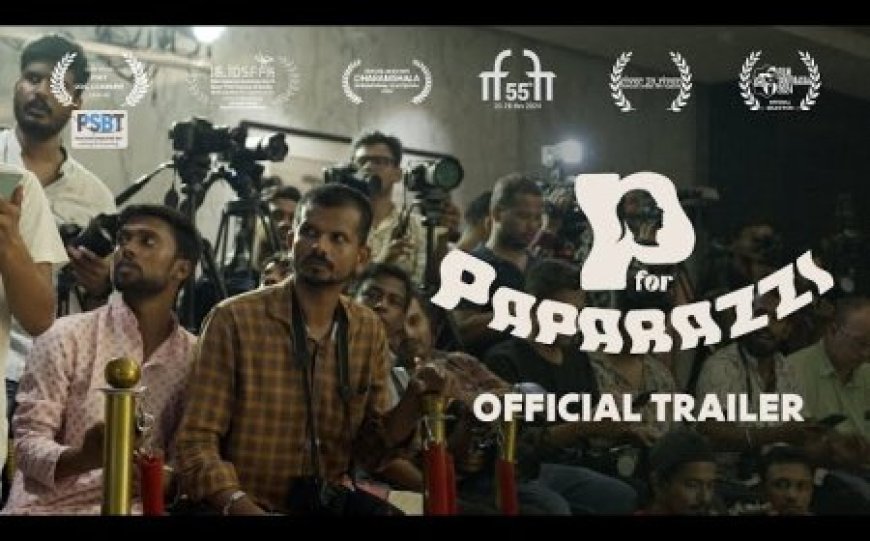
In Divya Kharnare’s documentary, P for Paparazzi, we follow a paparazzo from Nepal navigating the glitzy and demanding world of Mumbai Film Industry. While he engages in the competitive chase to capture still images of celebrities, he also faces a personal battle at home—his brother is suffering from a kidney ailment, and he urgently needs money for the operation. The film stands out for its simple yet intimate portrayal of an ordinary man's struggle for survival, capturing the complexity of his dreams and hardships.
In this interview, Kharnare discusses finding the subject, his approach to the treatment, and the significance of recognition.
Could you tell us about your background in filmmaking?
I come from a family where my father is a doctor, and my mother is a nurse. I graduated in Mass Media and initially worked with a regional Marathi YouTube channel called BhaDiPa. This experience introduced me to content creation and the YouTube ecosystem. After the COVID-19 pandemic, I transitioned to working on my independent films. During this time, I made a feature documentary titled 15 Seconds A Lifetime and a short documentary called Letters To My Grandma. These projects fueled my passion for filmmaking, and I continued creating for some time. BhaDiPa played a significant role in shaping my early career. Later, I was selected for the year-long direction course in the Television Wing at FTII. Currently, I am a student here, working on my final film. A key influence on my journey was my brother's involvement in this field, which fascinated me from an early age. In college, I explored various creative avenues, eventually finding filmmaking as my calling. Each project I worked on boosted my confidence, and now I’m preparing to graduate from FTII soon.
How did you come across Manoj Mahara, and what made you decide to make a documentary centered around the frenzy of paparazzi culture?
How I met Manoj is quite an interesting story. After my film 15 Seconds A Lifetime on TikTok, I wanted to explore the world of paparazzi. Though I was fascinated, there wasn’t an immediate opportunity until PSBT’s Doc Commune called for pitches, and my idea got selected. My interest stemmed from childhood, flipping through celebrity photos in newspapers like Bombay Times. Later, I began wondering: who are these people behind the lens? While developing the film, tentatively titled P for Paparazzi, I attended a MAMI screening at PVR Juhu, coinciding with the SatyaPrem Ki Katha premiere. Red carpets, flashing cameras, and 50-60 paparazzi filled the scene. I seized the moment to pitch my project but faced rejection after rejection. Just as I was about to leave, Manoj caught my eye—vibrant, commanding attention, and exuding charisma. It felt like a cinematic spark. Braving bouncers, I introduced myself and managed to get his contact. Learning later that he worked with Viral Bhayani, I knew I’d found my protagonist. With the PSBT grant secured, we began shaping the film together.
Moreover, I was very much interested in how to portray these photographers as normal human beings, with an everyday routine like any other job might have. Though people enjoyed the gossip located around this world, there was a sense of disrespect in terms of the job they were doing and whatever popular media had done was about creating a particular image of them. We wanted to bring in a fresh perspective and treat these people with utmost respect, just like you would for any other job or profession - like a doctor or engineer.
So, how did winning a grant from PSBT Doc Commune help in your filmmaking process?
Yes, PSBT’s Doc Commune has been an incredible support system. I feel really fortunate to have been part of it. There were eight of us who received the grant—five films have been completed, and three are still in the works. For all of us, PSBT’s support was invaluable.
It’s not easy to secure funding for documentaries, especially short ones, but this grant provided a nominal yet meaningful amount that allowed us to create something substantial. For me, this was the first time I had funding in place before making a film, and that made a big difference. The resources we could access were better, and the process became smoother, though it was still a challenge to work within the constraints.
I’m truly grateful to PSBT for making this possible. Beyond financial support, they’ve fostered a wonderful community of talented filmmakers. We could discuss and exchange ideas, which was incredibly enriching.
When you were following Manoj, did you have a specific structure in mind for the documentary?
Initially, I had a clear structure in mind for the film—a talking-heads style exploration of paparazzi culture, focusing on what they do and why they do it. . However, filming Manoj revealed challenges—he had told me upfront he wouldn’t be comfortable giving interviews, and that never changed. This forced me to rethink my approach.
Around this time, I learned about his brother’s health issues. Though hesitant to probe initially, Manoj gradually opened up as we spoke more, and the story began to take shape. I framed the film against Diwali’s backdrop, aiming to capture Mumbai’s chaos, lights, and festive spirit while showcasing Manoj’s work—attending parties and photographing celebrities.
As filming progressed, the focus expanded beyond his work to his personal struggles, especially his efforts to support his brother, adding unexpected emotional depth. The film became a journey of discovery, blending the city’s chaos, the life of a paparazzo, and the intimacy of Manoj’s world. By adapting to what unfolded, the story grew into something far richer than I’d initially planned.
As the documentary unfolds, we learn that Manoj’s brother is suffering from a kidney problem and is raising money for treatment. How did this aspect get incorporated into the story?
When I started filming Manoj, he was hesitant. Over time, as he grew comfortable, he began opening up. In our first meeting, he mentioned a kidney issue and even shared his medical reports, which I showed to my father, who is a doctor. At that time, I didn’t consider this a potential conflict for the film or fully grasp the depth of his struggles. As the filming continued, it became clear that Manoj’s life revolved around two things: getting celebrity tip-offs and managing his brother’s medical treatment, including raising funds. Gradually, he allowed me to explore this side of his life. With growing trust, he invited me to capture deeply personal moments, giving me unrestricted access to his world. This shifted my focus—the film wasn’t just about paparazzi but about Manoj navigating personal conflicts within that backdrop. His relationship with his brother, though understated, carried emotional weight. In the edit, we leaned into this narrative, emphasizing their dynamic and the struggles he faced. The process took persistence, but uncovering this personal story brought urgency and emotional depth, transforming the film into something much more profound than a surface exploration of paparazzi culture.
In one of the scenes, we see Manoj arguing with a friend from whom he had loaned money, but who hasn’t returned it yet. Can you tell us more about this scene?
This scene became one of the most surprising moments for us. We hadn’t anticipated a call from this person (no spoilers!), and it triggered a series of unscripted events. While our three-person crew was filming Manoj, the call came through with Jaffar, his friend, also present. As the call ended and things seemed resolved, Jaffar unexpectedly brought up the issue of money—a topic he’d never confronted Manoj about before in front of us. This candid moment revealed new layers in their relationship, blending camaraderie and tension in a way that felt raw and authentic—something impossible to script. Manoj and Jaffar were also planning a small paparazzi business together, a subplot we filmed but didn’t include in the final cut, further showcasing their shared struggles. For me, this scene wasn’t just about resolving the call but about exposing Manoj’s complexities, including his reliance on borrowing money. It highlighted his nuances, steering clear of a simplistic portrayal. The moment’s unscripted honesty perfectly captured the unpredictable depth of real life—precisely the realism I aimed to convey in the film.
P for Paparazzi won the jury award for best editing at IDSFFK and is now part of the Indian Panorama at IFFI. How significant are these recognitions to you?
Honestly, I’m happy with the recognition this film has received—it’s a great feeling. But if you ask me, the real challenge lies in securing funding for the next project. I think I’ll be even happier if this film, through its recognition and audience reception, opens doors for me to make more films.
For me, these accolades are wonderful, but they’re just a stepping stone. The ultimate goal is to ensure that this credibility helps me move forward and create more stories. That’s what I truly want—to keep making films consistently.
What's Your Reaction?







